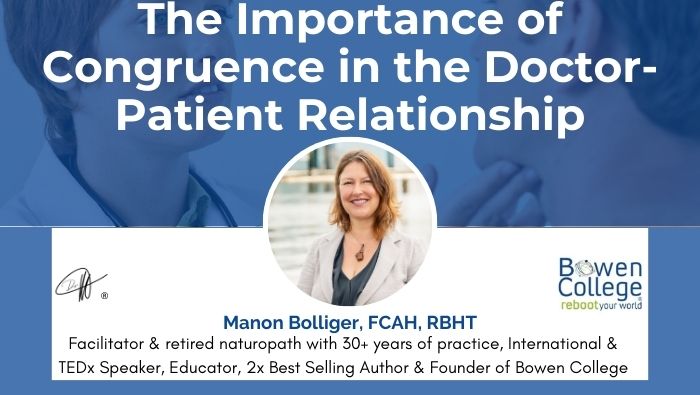This blog’s discussions of the limits of SOAP remind us that the “plan” is a journey. The destination is a doctor-patient relationship built on congruence of perception, aim and method: key to aligning for success. When discussing placebo, M.J. Simmonds (2000) states:
“The congruence between the patient’s and practitioner’s beliefs about problems and treatments will potentially affect the patient’s efforts, enthusiasm and adherence to treatment, thereby further complicating efforts to distinguish between specific and placebo effects.”
If congruence can have such a big impact in expected results, let’s work with that, regardless of whether it is a result of our therapies or the placebo effect.
Simmonds further emphasizes the importance of the context of healing and states, “. . . benefits of symptomatic treatments are due not to the treatment interventions themselves but to the contexts in which the treatments are delivered.” (Simmonds, 2000)
We are talking about congruence and context, both heavily reliant on the doctor-patient relationship. Furthermore, expectation is a primary factor shown to affect results: “Scientific assessment of benefits from symptomatic treatments, such as analgesic agents, has been based on the assumption that treatment interventions will produce predictable benefits in patients with a given condition that can be measured in aggregate statistics derived from randomized clinical trials and extrapolated to clinical practice.
“However, placebo and nocebo research reveals that the context in which symptomatic treatments are provided, and notably the information communicated to patients, creates expectations that influence the observed outcomes in terms of which benefits and risks are defined.” (Miller & Brody, 2011)
In my next post, I’ll have more to say about this vitally important and nuanced doctor-patient relationship.









